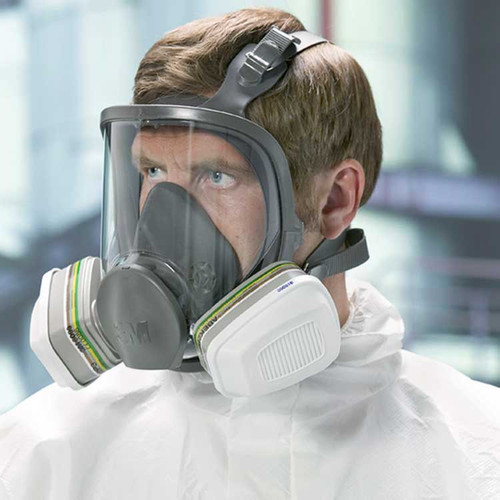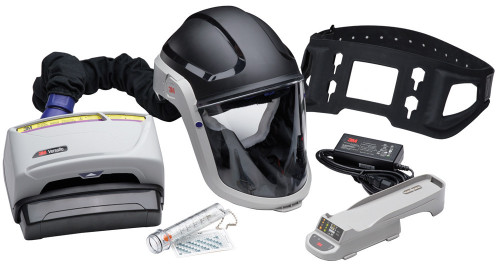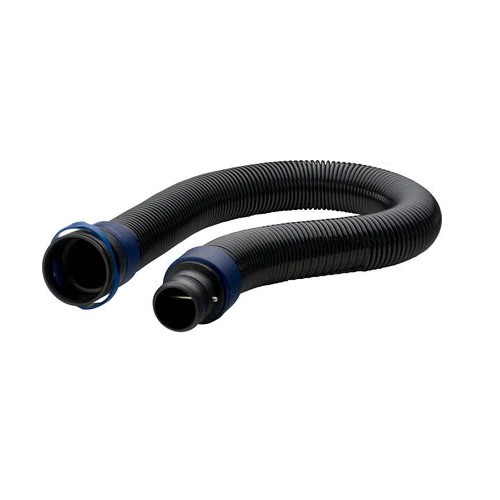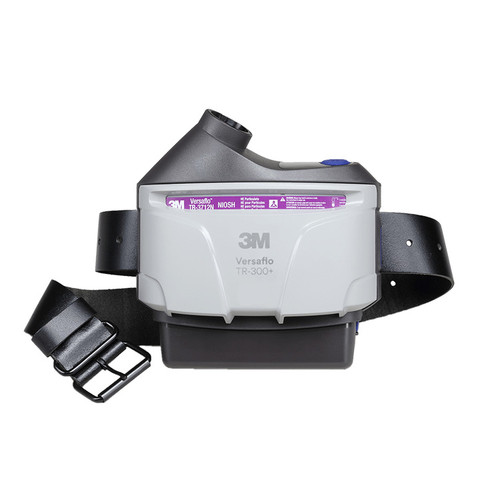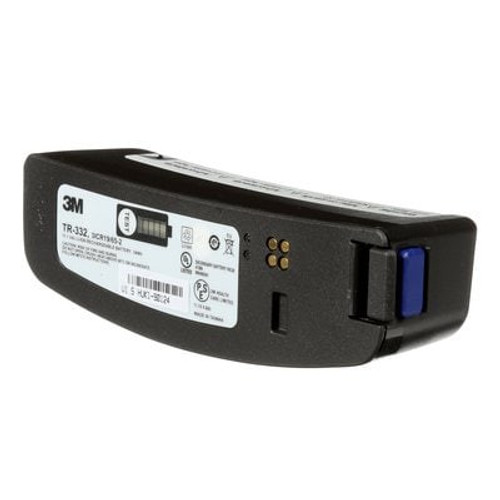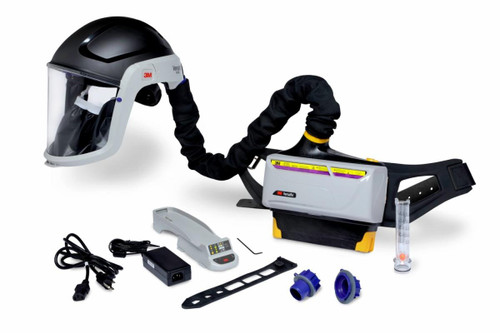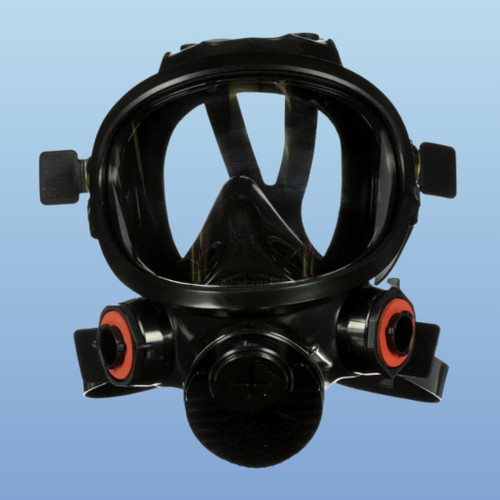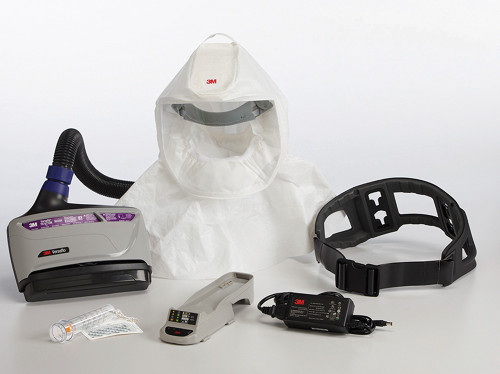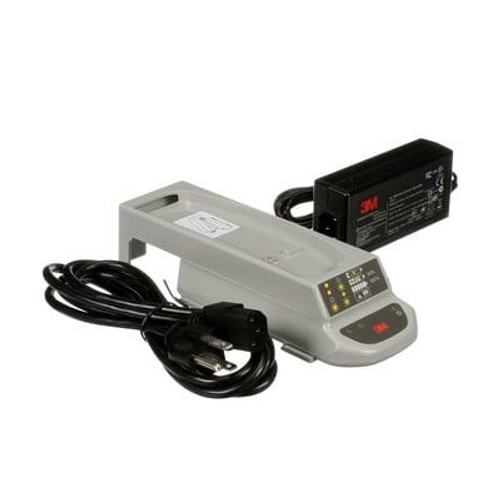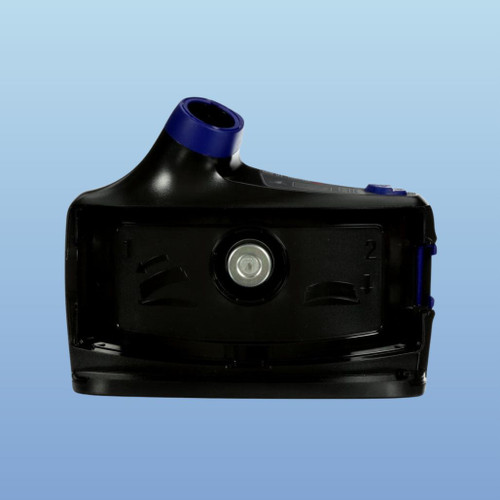-
Was$189.99$169.99Ships within 1-2 Business Days
-
$1,699.99Ships within 1-2 business days
-
3M Safety
SKU: 3M-M407
3M Versaflo M-407 Respiratory Helmet Assembly with Premium Visor and Flame Resistant Shroud
$689.99Ships within 1-2 Business Days -
$1,999.99Ships within 1-2 Business Days
-
$89.99Ships within 1-2 Business Days
-
3M Safety
SKU: 3M-TR306N+
3M Versaflo TR-306N+ PAPR Assembly with HD Belt and High Capacity Battery, ea
$1,199.99Stock on hand ships within 1-2 business days. -
$359.99Ships within 1-2 Business Days
-
$2,099.99Ships within 1-2 business days
-
3M Safety
SKU: 3M-M307
3M Versaflo M-307 Respiratory Hard Hat Assembly with Premium Visor and Flame-resistant Faceseal, ea
$469.99Ships within 1-2 business days -
3M Safety
SKU: 3M-TR6530N
3M Versaflo TR-6530N Organic Vapor/Acid Gas/HEPA Cartridge for TR-600 PAPR, 5/case
$599.99Ships within 1-2 Business Days -
$349.99Ships from Manufacturer
-
$469.99Ships within 1-2 Business Days
-
$1,299.99Stock on hand ships within 1-2 business days.
-
$1,529.99Ships from Manufacturer
-
$344.99 - $439.99Ships within 1-2 Business Days
-
3M Safety
SKU: 3M-TR800-ECK
3M Versaflo TR-800-ECK Intrinsically Safe PAPR System, Complete Easy-Clean Kit, ea
$1,949.99Ships within 1-2 business days -
$199.99Ships from Manufacturer
-
$289.99Ships from Manufacturer
-
$569.99Ships within 1-2 Business Days
-
3M Safety
SKU: 3M-TR616N
3M Versaflo TR-616N PAPR Assembly with HD Belt, HC Battery, and Breathing Tube, HD Belt, ea
$1,299.99 -
$579.99Ships within 1-2 business days
-
$529.99Ships within 1-2 business days
-
$299.99Ships from Manufacturer
-
3M Safety
SKU: 3M-TR6710N-5
3M Versaflo TR-6710N High Efficiency Particulate Filter (HEPA) for TR-600 PAPR, 5/case
$289.99Ships within 1-2 business days

